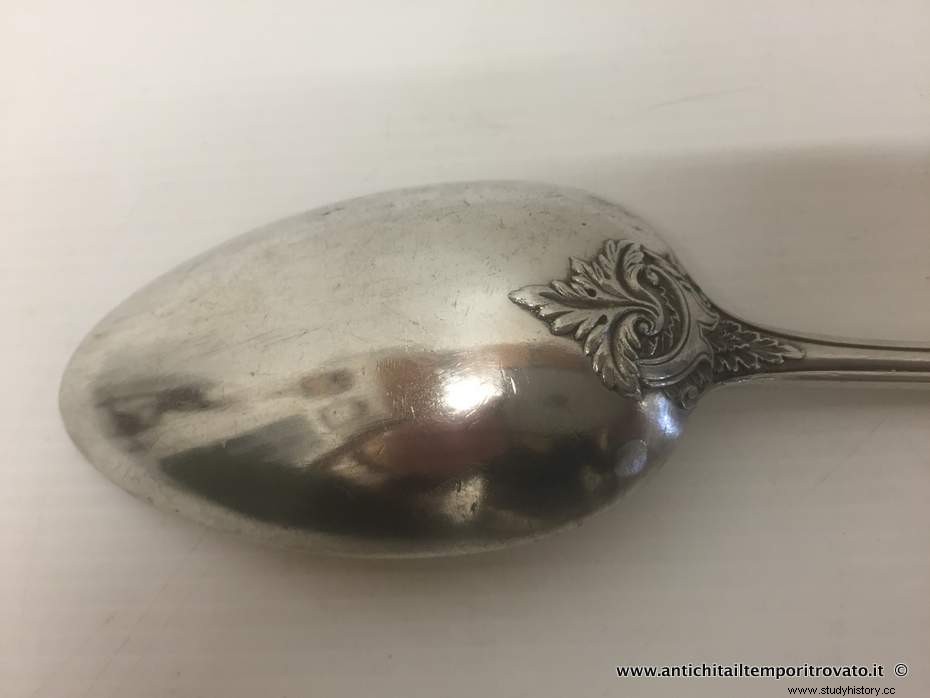
An ancient spoon
The spoon has a long history behind it:it is ascertained that it was already in use among the Egyptians.
In Ancient Rome two types were used, the one called cochlear or cockleare (the term “spoon” derives from cocklea, or “ shell” ), used to eat liquid foods, shellfish, eggs and to administer medicines, and the ligule, which was shaped like a bay leaf and was probably used to pierce food (some in fact consider it more an ancestor of the fork than of the spoon as we know it today).
The spoons of the Romans were made of various materials, from bone, the most common, to bronze and silver, clearly supplied to the wealthiest families.
For much of the Middle Ages spoons, almost always made of wood, were used very little and it was only at the beginning of the modern age that they made a comeback.
Among the higher social classes they became indispensable at the table and in England they were often engraved with the name or initials of the family.
It was not uncommon for these families to come across gold and silver cutlery.
